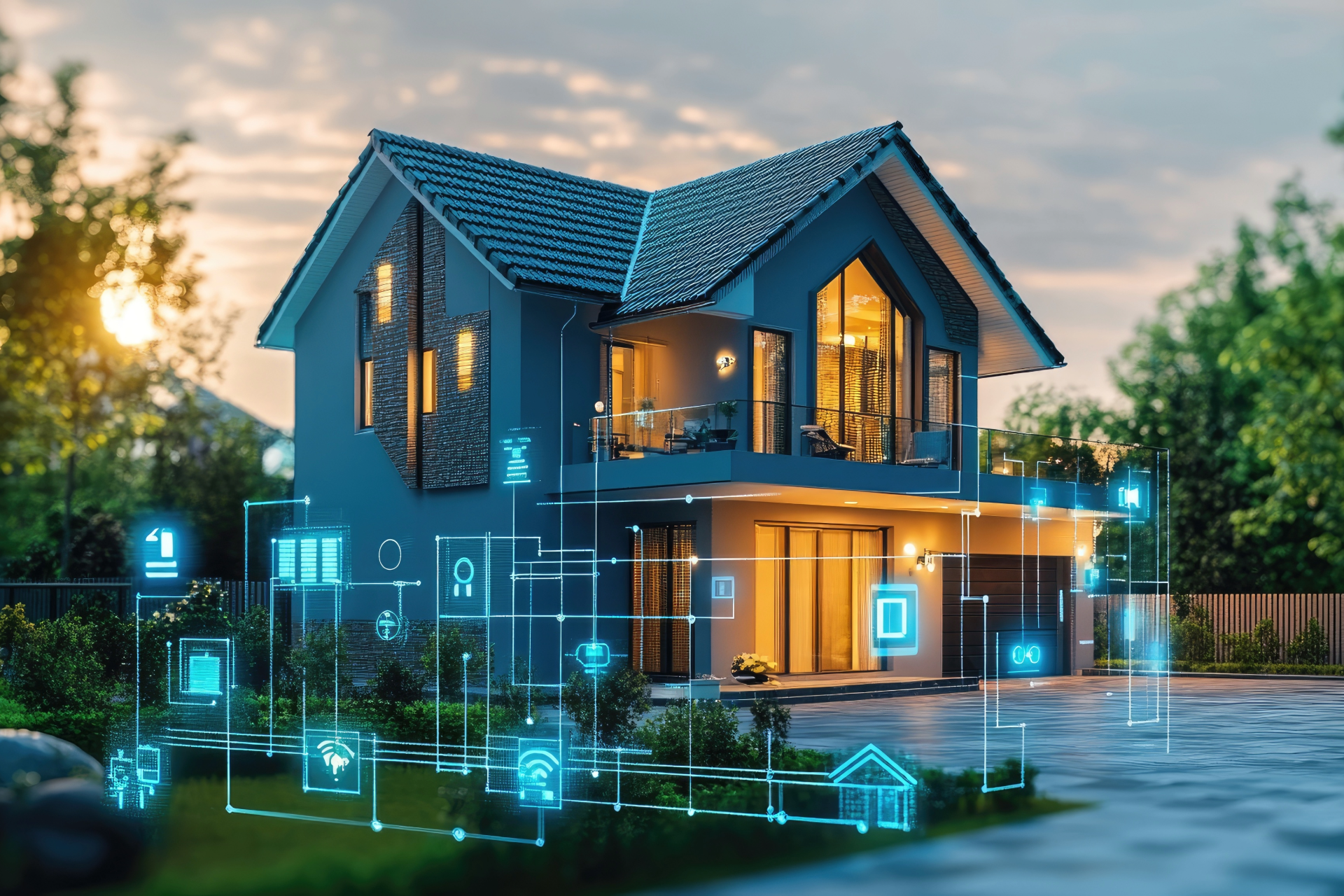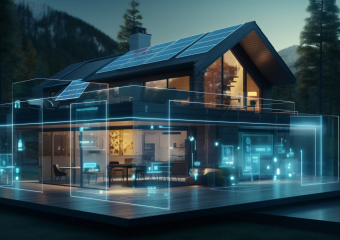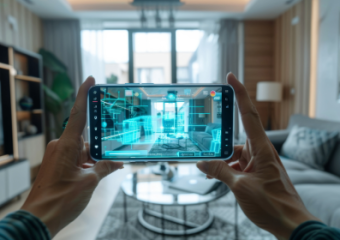The Connected Home What NewHomeX Predicts Buyers Will Demand Next
The connected home is rapidly evolving from a luxury concept into an everyday reality, and industry experts like NewHomeX are at the forefront of predicting what modern buyers will prioritize in the near future. As technology integrates more deeply into residential environments, the preferences of homebuyers are shifting toward smarter, more efficient, and seamlessly connected living spaces.
Understanding the Connected Home Revolution
The term “connected home” refers to a residence equipped with networked devices that communicate with each other and can often be controlled remotely. These devices range from smart thermostats to security systems, lighting, appliances, and home entertainment, all linked to provide convenience, security, and energy savings.
NewHomeX , a leading technology analyst in the smart home sector, uses advanced data analytics and AI-driven market predictions to identify trends that will shape buyer preferences. Their insights reveal a significant shift towards more integrated systems that don’t just automate tasks but actually anticipate the needs of occupants.
What NewHomeX Predicts Buyers Will Demand Next
1. Holistic Integration of Smart Devices
While smart thermostats and voice assistants have become common, buyers are increasingly looking for homes where all devices work together harmoniously. NewHomeX highlights that future buyers will expect homes where lighting, HVAC, security, and even entertainment systems are part of a unified ecosystem, controllable through a single interface that provides intuitive management.
Such integration enhances user experience and simplifies home management, reducing the frustration of juggling multiple apps and devices. Buyers want technology that feels less like adding gadgets and more like enhancing their lifestyle.
2. AI-Powered Personalization
Another prediction from NewHomeX is the rise in demand for AI-powered personalization within the connected home. Future homes will use machine learning algorithms to learn occupants’ habits and preferences, adjusting settings automatically for maximum comfort and efficiency.
For example, heating and cooling systems will adapt dynamically to individual routines, lighting will change color and intensity depending on time of day and activity, and entertainment systems will suggest content based on previous viewing patterns. This kind of ‘smart anticipatory technology’ will make homes more responsive and enjoyable to live in.
3. Enhanced Security with Biometric and Behavioral Analytics
Security remains a top priority for homebuyers, but NewHomeX predicts the next wave won’t just focus on cameras and alarms. Instead, buyers will want advanced biometric security features such as facial recognition and fingerprint scans that provide seamless entry while denying unauthorized access.
Moreover, behavioral analytics will play a key role. Systems that learn the usual patterns of occupants and alert homeowners or authorities if something unusual happens will become standard. This will provide a new level of peace of mind, turning the connected home into a proactive guardian rather than a reactive one.
Sustainability and Energy Efficiency: A Core Expectation
The connected home trend is aligning closely with growing environmental concerns. NewHomeX notes that buyers are not only interested in convenience but also in homes that help reduce energy consumption and limit carbon footprints.
Buyers will demand smart energy management systems capable of monitoring real-time energy use, optimizing electricity consumption, and integrating with renewable energy sources like solar panels. Features like intelligent water management, efficient waste disposal monitoring, and eco-friendly smart appliances will also influence purchase decisions.
Connectivity Beyond the House: The Smart Neighborhood
Interestingly, NewHomeX foresees demand for interconnectedness extending beyond individual residences. The future connected home will be part of a “smart neighborhood” where homes communicate with each other and shared infrastructure — including roads, public lighting, and community facilities.
Buyers will want homes connected to municipal smart grids and transportation networks, allowing real-time information exchange that supports greater convenience and sustainability. This broader integration will elevate the living experience, fostering a stronger sense of community and security.
Preparing for Tomorrow’s Home Buying Experience
The predictions from NewHomeX suggest a transformative shift in what buyers expect from their homes. Real estate developers, builders, and technology providers need to stay ahead by embedding intelligent systems, prioritizing seamless integration, and emphasizing sustainability.
For buyers, understanding these emerging trends is key to making informed decisions about the homes they will invest in. The connected home is no longer just about the latest gadgets but about an intelligent ecosystem designed to improve quality of life in every possible way.
Conclusion
The connected home future that NewHomeX envisions paints a picture of homes that are intelligent, integrated, and intuitive. Buyers will prioritize seamless interoperability, AI-driven personalization, proactive security, and sustainability—elements that collectively redefine modern living. As these predictions become reality, homes will transform into highly adaptive environments that anticipate our needs and work tirelessly to support our lifestyles. For anyone navigating the housing market or involved in home construction and technology, these insights offer a valuable roadmap to what lies ahead.







